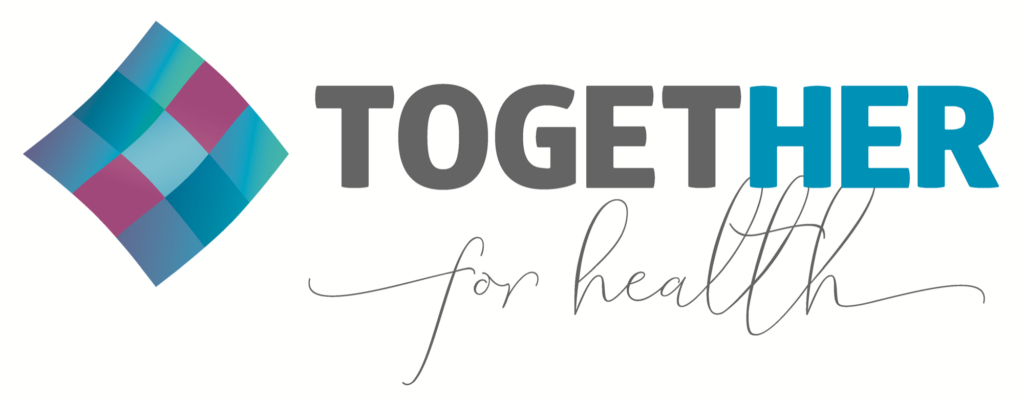COVID-19 and Beyond: Maintaining a Focus on Cervical Cancer and SRH
By Celina Schocken, Executive Director, TogetHER for Health
Saving lives: that is the goal of the extraordinary measures that health workers, leaders, and people representing every facet of society are taking right now to blunt the impact of COVID-19.
It grieves me that it took a pandemic to focus the world’s attention on access to life-saving services, because the problem of inadequate and inequitable access to care is certainly not new. I co-founded TogetHER for Health because even though cervical cancer is preventable, an estimated 311,000 women still die from it annually. They are victims of poor access to prevention services, mainly in low- and middle-income countries.
As the world fights to prevent the loss of lives from COVID-19, let’s not forget these other tragic and needless deaths. In fact, let’s keep them front and center in our COVID-19 planning, because there is the potential for 311,000 annual cervical cancer deaths to become many more, if sexual and reproductive health (SRH) services fall by the wayside in this time of crisis. We need to protect the gains we have made in cervical cancer, family planning, and the prevention of sexual and domestic abuse.
“While the world is dealing with the devastation of the COVID-19 virus, ongoing programs supporting HIV care and cervical cancer prevention are, unfortunately, being scaled down. Practically, this means high-risk women are missing out on life-saving screening, and women with early-stage (treatable) cervical precancer are missing out on timely curative treatment. It is a difficult time for all. This public health catastrophe will result in deaths not only from COVID-19, but also from ‘collateral damage,’ particularly among women served by weak health systems unable to respond to multiple emergencies simultaneously. We hope this can be a call to action for stakeholders to invest in more robust health systems, especially for the most vulnerable.”
Chemtai Mungo, MD, MPH
OB/GYN, Trainee in AIDS Prevention Studies / Fogarty Global Health Fellow, University of California, San Francisco
Cervical cancer prevention services are frequently provided in the context of SRH care, and we must protect resources for SRH services as the world contends with the COVID-19 pandemic. Access to SRH is already inadequate in many low- and middle-income countries, as evidenced by high rates of unintended pregnancies, sexually transmitted infections, and maternal mortality. But as UNFPA has noted, “Pandemics make existing gender inequalities for women and girls worse.”
Cervical cancer service providers are now seeing this situation firsthand. For example, machines that can run tests for HPV, the virus that causes cervical cancer, are being repurposed to test for coronavirus in some countries. And as “social distancing” policies lead women to postpone non-urgent trips to health clinics, they lose opportunities to be screened and treated for cervical cancer. Progress against cervical cancer—a disease that the World Health Organization has targeted for elimination—is endangered because of these challenges.
TogetHER for Health offers the following recommendations to prevent backsliding on cervical cancer prevention during this extremely difficult time:
- Avoid repurposing SRH resources—including laboratories, equipment, and personnel—for the COVID-19 response when other options are available.
- Embrace innovations that improve access to SRH services without straining resources, like self-collection of HPV samples and use of telehealth.
- Prepare safe places for women to access services for SRH and cervical cancer prevention services; we need to find safe ways for urgent health needs to be met.
We have a responsibility to the women we serve to ensure the steps we are all taking against the coronavirus pandemic do not thwart our goals of improving women’s health in the long term. It would be a great mistake if our actions led to increases in cervical cancer when COVID-19 is eventually behind us.
TogetHER for Health has put together a list of COVID-19-related resources.
